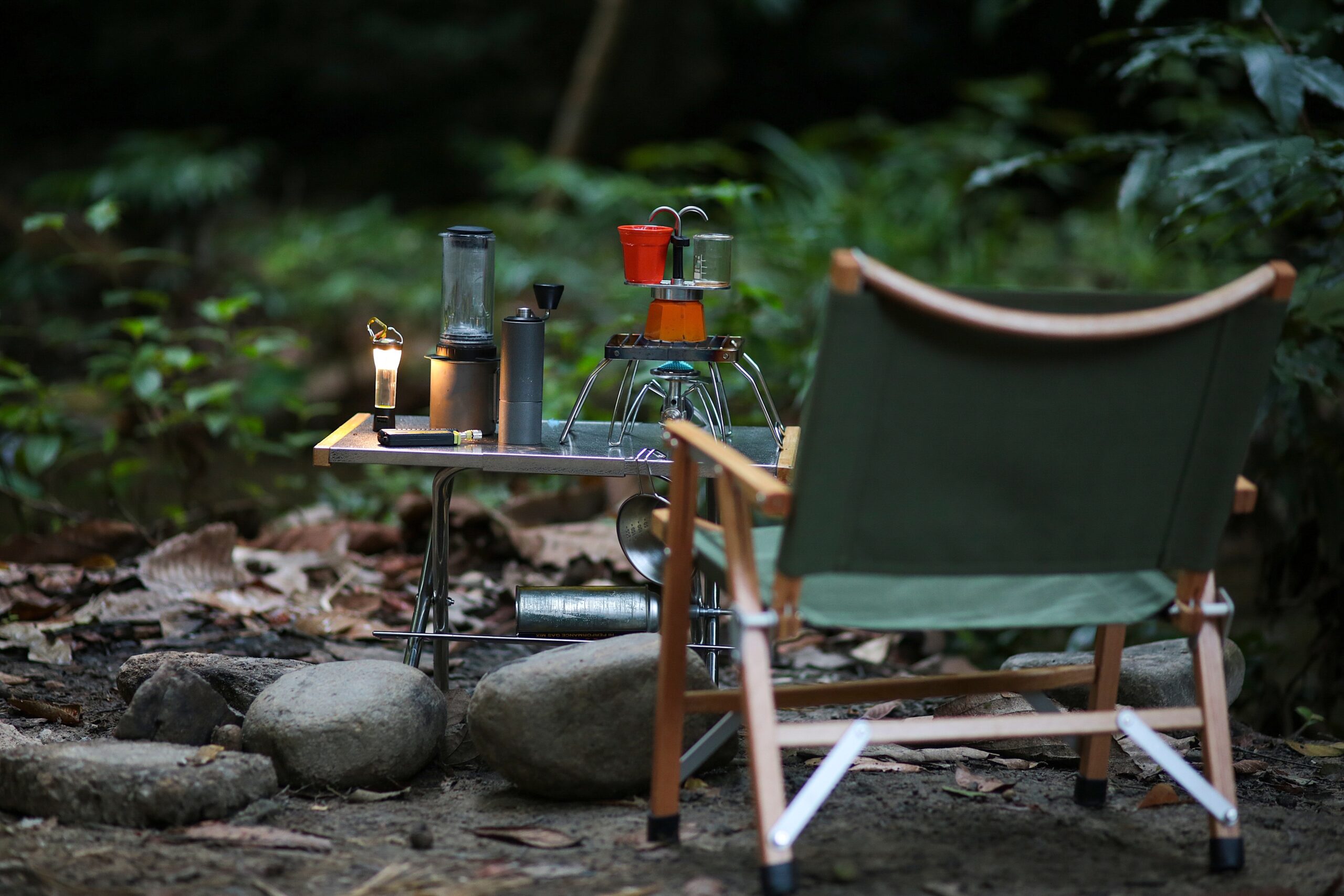The Evolution of Smart Walking Aids
The landscape of mobility assistance has dramatically transformed with the advent of smart walking aids. These devices are no longer merely supportive tools but have evolved into sophisticated gadgets that enhance the quality of life for seniors. Equipped with advanced technologies such as GPS tracking, fall detection, and app connectivity, smart walking aids offer a blend of safety and convenience. These features not only provide peace of mind to users and their families but also encourage independence by allowing seniors to navigate their environments more confidently.
One of the significant advancements is the incorporation of sensors that monitor the user’s movements and provide real-time data. This data can be shared with healthcare providers or family members, offering insights into the user’s mobility patterns and potential health issues. Additionally, ergonomic designs have been prioritized, ensuring that these aids are comfortable and easy to use for extended periods.
Smart walking aids are often equipped with features such as:
- GPS Navigation: Helps users find their way and allows families to track their location for safety.
- Fall Detection: Alerts emergency contacts in case of a fall, ensuring timely assistance.
- App Connectivity: Provides users with the ability to customize settings and receive updates on their health metrics.
These innovations represent a significant shift towards more personalized and effective mobility solutions, making life easier and safer for seniors.
Modern Mobility Devices for Seniors
As the senior population grows, the demand for modern mobility devices has surged. These devices are designed to cater to the unique needs of older adults, providing them with the freedom to move safely and comfortably. From advanced wheelchairs to electric scooters, the options are diverse and tailored to different levels of mobility.
Modern mobility devices often feature lightweight materials and compact designs, making them easy to maneuver and store. For instance, foldable scooters and wheelchairs offer portability without compromising on sturdiness. Additionally, many devices come with customizable options, allowing users to adjust the height, speed, and other specifications to suit their preferences.
Key features of modern mobility devices include:
- Adjustable Seating: Ensures comfort and proper posture, reducing the risk of pressure sores.
- Battery Efficiency: Long-lasting batteries that support extended use, often with quick charging capabilities.
- Enhanced Safety Features: Anti-tip mechanisms, seat belts, and intuitive controls that prevent accidents.
These devices not only enhance mobility but also promote social interaction by enabling seniors to participate in community activities. By addressing both physical and social needs, modern mobility devices play a crucial role in improving the overall well-being of seniors.
Fall Prevention Technology
Falls are a significant concern for seniors, often leading to injuries that can severely impact their quality of life. Fortunately, fall prevention technology has made strides in reducing these risks. From wearable devices to home sensors, these technologies provide proactive solutions to prevent falls before they occur.
Wearable fall detection devices are among the most popular solutions. These gadgets are designed to be worn as bracelets or pendants and are equipped with motion sensors that detect sudden movements indicative of a fall. Upon detection, they automatically alert emergency contacts, ensuring that help arrives promptly.
In addition to wearables, smart home technology plays a pivotal role in fall prevention. Sensors can be installed throughout the home to monitor movement and detect unusual activity patterns. For example, if a senior hasn’t moved for an extended period, the system can send alerts to caregivers or family members.
Some of the notable features of fall prevention technology include:
- Real-Time Monitoring: Provides continuous tracking of movement, offering insights into mobility trends.
- Automated Alerts: Sends notifications to designated contacts in case of potential falls or inactivity.
- Integration with Smart Home Systems: Seamlessly connects with other devices to create a comprehensive safety network.
By leveraging these technologies, seniors can enjoy a safer living environment, reducing the anxiety associated with the fear of falling and enhancing their independence.
The Impact of Technology on Senior Independence
Technological advancements in mobility and fall prevention are reshaping how seniors experience independence. These innovations are not just about safety and convenience; they empower seniors to live life on their terms, with dignity and autonomy.
The integration of smart technology in mobility aids and fall prevention devices means that seniors can maintain an active lifestyle without constantly relying on others. This independence is crucial for their mental health, as it fosters a sense of self-reliance and confidence. The ability to move freely and safely encourages participation in social activities, which is essential for combating loneliness and isolation.
Moreover, the data collected by these devices can be invaluable for healthcare providers. It allows for personalized care plans that address specific mobility challenges and health concerns, leading to better health outcomes. This proactive approach to senior care not only improves quality of life but also reduces healthcare costs associated with falls and mobility-related issues.
In essence, technology is bridging the gap between safety and independence, offering seniors a future where they can thrive in their golden years.
Choosing the Right Mobility Solution
With a plethora of options available, selecting the right mobility solution can be overwhelming. However, understanding the specific needs and preferences of the user can simplify the decision-making process. Whether it’s a smart walking aid, a modern mobility device, or fall prevention technology, the choice should be guided by the user’s lifestyle, mobility level, and personal comfort.
When choosing a mobility solution, consider the following factors:
- Mobility Level: Assess the user’s current mobility and potential future needs to ensure the device can accommodate changes.
- Environment: Consider where the device will be used most frequently, such as indoors, outdoors, or both.
- Features: Prioritize features that align with the user’s lifestyle, such as portability, ease of use, and technological capabilities.
Consulting with healthcare professionals or mobility experts can also provide valuable insights and recommendations tailored to individual needs. Ultimately, the right mobility solution should enhance the user’s quality of life, offering both safety and independence.





